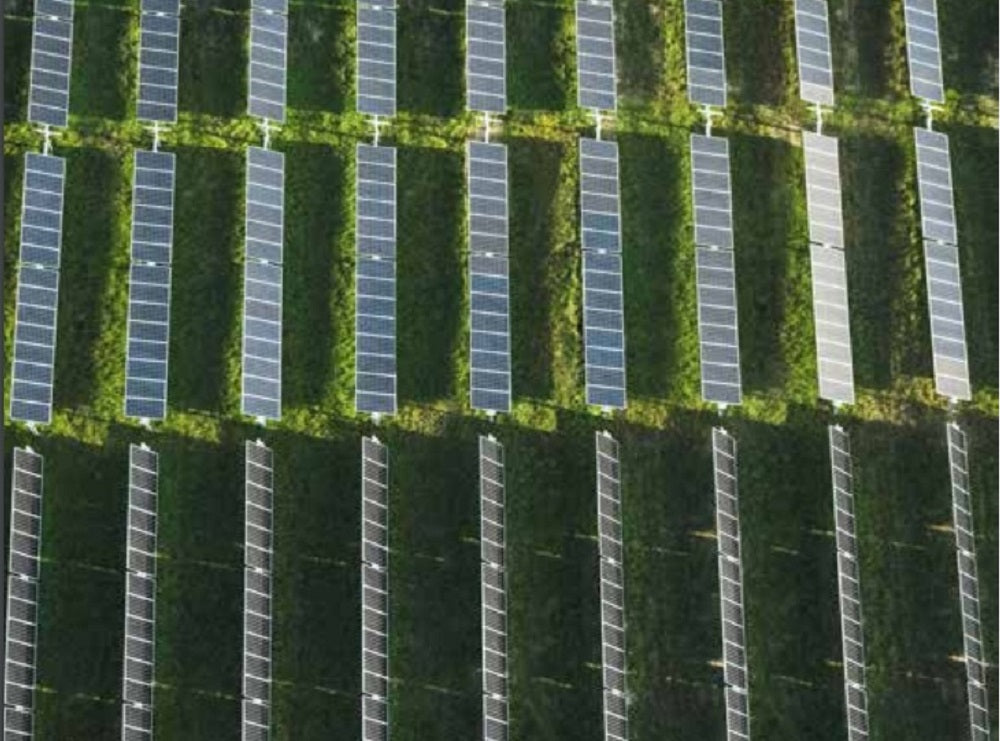https://www.pv-magazine-australia.com/2022/09/29/queensland-warned-more-work-needed-to-deliver-energy-transition/

The Queensland Energy and Jobs Plan relies heavily on pumped hydro.
Image: Supplied
The Queensland government has unveiled an ambitious energy plan which includes new renewable energy targets — of 70% by 2032 and 80% by 2035 — while the state’s coal-fired powers stations will be progressively transformed into “clean energy hubs” from 2027.
The Queensland Energy and Jobs Plan also includes the world’s largest pumped hydro scheme, a 5 GW facility with 24 hours of storage to be built near Mackay in central Queensland. A second 2 GW pumped hydro scheme is to be built near Gympie.
The state’s new clean energy plan also includes a new ‘SuperGrid’ which will comprise about 1,500 kilometres of 500 kV transmission lines stretching from Brisbane to north Queensland and west to Hughenden to support 22 GW of new wind and new solar.
Interestingly, the new 70% Renewable Energy target for Queensland is pretty much smack bang in line with the percentage RE generation in the 'step-change' scenario for the ISP for that statehttps://t.co/JvsUoGFHgv pic.twitter.com/VE5CyyUrMu
— Dylan McConnell (@dylanjmcconnell) September 28, 2022
Premier Annastacia Palaszczuk said the $62 billion plan will be funded by the public and private sectors with the state government already committing $6 billion, including a “down payment of $4 billion committed by our government over the next four years”.
Palaszczuk said the plan would require significant government investment, but it would leverage enormous private sector investment.
“The plan is $62 billion. We have a $6 billion down payment on that … we’ve already got $11 billion worth of private investment coming in,” she said on Thursday.
“But there will be even more coming in as well. So roughly, it will be around, over $30 billion, between $30 billion and $40 billion we’re providing, but we’re seeking partnerships from the federal government.”
Queensland Resources Council chief executive Ian Macfarlane acknowledged the clean energy plan “provides enormous opportunities in the resources sector” but warned the state government could struggle to attract investors, pointing to a recent increase in coal royalties as cause for concern.
“Obviously, investor confidence has been shaken very badly by the sudden increase in royalties in Queensland and to get investors in here will be one of the challenges in terms of ensuring that renewable energy structures are opened,” he said. “Queensland is cementing a reputation as a higher-risk jurisdiction where the rules of engagement can change suddenly without warning.”

Image: Supplied
The Australian Energy Council (AEC) said that the ability to encourage private sector investment alongside state-funded projects would be critical to the success of the energy plan.
“We note very major investments will be made by publicly owned businesses which will unavoidably have some impacts on investor confidence,” AEC general manager Ben Barnes said.
“It is important state-based approaches are well coordinated, phased and able to adapt to changes in the market.”
Clean Energy Council chief executive Kane Thornton said he doubted the state government would have any issues in attracting funding for the plan.
“The Queensland government is in a very strong and attractive position in terms of their ownership of a lot of parts of the energy infrastructure here in Queensland,” he said. “That allows them to be able to attract investment and put in some funding commitment as the government has put on the table today.
“Private sector investors are enthusiastic to invest in clean energy — it’s the lowest cost form of investment.”
This content is protected by copyright and may not be reused. If you want to cooperate with us and would like to reuse some of our content, please contact: editors@pv-magazine.com.
<




